An Interview With Anime Film Director Yuasa Masaaki
by Gokousahil November 03 2018
After a screening of his 2017
movie Lu Over the Wall at the Tokyo International Film Festival Veteran, anime
director Yuasa Masaaki announced his latest project: an original anime movie
titled Kimi to Nami ni Noretara.
On His Personal History
as an Animator
—How do you feel about your work being chosen
as the Special Focus on Animation?
Yuasa: It’s
a huge honor. There have been great people chosen as part of previous line-ups,
and in comparison, I haven’t really done much, so I thought they asked me
because someone else had turned down the offer. I hope to make good use of this
opportunity because I want people to watch more of my work. I want people who
haven’t seen my work before to check it out. For people who have already seen
my work, there are older works that are hard to find that will also be
screened. I think it’s a really good opportunity for that.
—What made you decide to become an anime
director?
Y: I like
drawing and I wanted to be an animator. I didn’t think about being a director
at all. I didn’t think I was suited to be an animator, either, but I had a lot
of fun drawing storyboards. I imagined animation was a really difficult
profession and I wouldn’t be able to draw what I wanted. I thought that directors
didn’t draw what they had in mind but for me, it’s easy to draw when it’s
something that I came up with. But seeing my drawings move on a screen was
extremely pleasant and made me feel great.
Everyone praised my first storyboard and
enjoyed it a lot. Being able to create something that made me feel good and was
enjoyed by other people made me think that this was the perfect job for me.
That was the first time I thought that I might be suited for animation after
all. After I finished the storyboards, I started thinking deeply about the
story. If I was going to make a story, then I thought about how to present it,
which made me figure that maybe directing would actually be fun. So I just
happened to become a director.
About His Source of Ideas
—In all of your work, whether it be family-focused
or aimed towards adults, there are always surreal scenes that stand out. Where
do you get the ideas for those scenes?
Y: Just
daily life. I don’t know if it’s surreal, but I always remember things that I
find interesting and I think about whether I want to put it in my work. I think
a lot about what to fill the screenplay and art with. I prefer working like I’m
going to whip up the most delicious meal with the ingredients I have right then
rather than make something that’s really dense. So I insert things that
interest me or things that I like into the work that will also make it feel
like a recent piece. I get ideas from anything. I come up with ideas when I
take walks, or when I’m listening to music I’ll think about how the song’s
composition or lyrics are interesting. If I’m reading a book, phrases will jump
out at me and I think about how to turn them into visuals. Anything I find
interesting can become animation so I want to put them into my work as much as
possible.
—In a previous interview, you once said you
get inspired by art. Are there any particular artists you’re interested in
right now?
Y: Artists? Well, I tend to like
older artists and their subjects. For example, Jakuchu (a painter from the Edo
period) wasn’t that famous when I was little. I didn’t know about Varo, a
surrealist painter, either. The first time I saw their works, I thought they
were interesting. I always think about whether I can use their work and bring
it into animation. This is a little old, but there’s a music composer named
Tamio Okuda. He has a song called “Musuko,” meaning “son,” written from the
point of view of a child and what he sees as he grows up, so I thought that was
good. In the movie Mind Game there’s a scene about the future and what the
characters will experience. Actually, there aren’t that many specific artists
that I like. Instead, I get inspiration from things I like within other works.
For example, if I watch a B-movie, it might be boring overall but a single
scene might be really good, so I get inspired and think about how I can use it.
On His Work Process
— Devilman Crybaby and The Night is Short,
Walk On Girl are adaptations. Are there any
differences between making an adaptation or making an original story?
Y: Lu Over the Wall, Kemonozume, and Kaiba are all originals. I always thought that I
wanted to freely be able to make original stories, but if I can get enthralling
works like Devilman, then it’s
fun for me. When I work, I start with an interesting idea, so I look for the
themes later on. Whether or not it’s an adaptation, how I interpret or feel
about something is the most important thing. Of course, reproducing the
original work is one of the themes of an adaptation, but it’s like an
impression of how I viewed it. An original is something I made, but it’s the
impression of how I find making a story interesting. If the original work is
interesting, then the only thing that’s really different between an adaptation
and an original story is how much time it takes to create. What I do isn’t
different. I make adaptations as though it’s my story. I receive a lot of
intriguing stories to adapt, though. For example, I can empathize a lot with
the themes in Tomihiko Morimi’s work (**The Tatami Galaxy**) while Devilman Crybaby is
shocking. Cat Soup and Robin Nishi’s Mind Game are
two works I didn’t really understand at first, but I made them in a way that
reflects how I understood them, so it doesn’t change my impression of them.
—Both The Night is Short,
Walk On Girl and Lu Over
the Wall were both released in 2017. How did you produce
two movies at the same time?
Y: They were released in the same time period, but we didn’t make
them at the same time. Previously, we would make one animation every two years,
after which the staff would go their separate ways for a year before we would
gather them back together. However, that meant a lot of the time, people
wouldn’t be able to come back. We wanted to make it so that staff could work
for us continuously instead, so we opened a studio. The production staff that
worked on Lu immediately started on The Night is Short,
Walk On Girl right afterward, like the
very next day. Then when The Night is Short,
Walk On Girl was done, Devilman started. That’s how we do things. Before then, we had a separate
period for pre-production, but now it overlaps. When we were doing
post-production on Lu, we had already started
working on Devilman. Now we start making a new work as we do post-production on a previous
work. In the past, people used to work like that, especially on TV series.
Since shows change within a week when a season ends and a new one begins, the
same staff used to work on different shows. However, now we don’t spend as much
time on pre- or post-production. It’s not like I’m actively trying to fight my
predecessors, but I do feel like I want to go against them. It’s difficult but
I worked hard to set up things this way.
About His International
Reach
—Many of your works are highly acclaimed, and
among them, Devilman Crybaby especially became
an international hit. How do you feel about that?
Y: I
actually haven’t felt it personally. Netflix doesn’t release numbers, but I
have been told that they’re pretty good. I think it’s one of my works that has
been seen the most. It’s an adaptation of a manga by Go Nagai, so if the anime
is good, then it should be an interesting watch. I’m glad that people are
watching. I read Devilman when I was little, so I never imagined
being able to make it into an anime, so making it and, furthermore, having it
reach a wide audience, makes me happy.
—Is there any expectation for your other works
to be available for people outside of Japan, similar to how Devilman is
streamed on Netflix?
Y: I think
Netflix is the fastest way for people to see my work, but on the other hand,
only people who are subscribed to Netflix can watch it. I’d like for more
people to be able to see my movies. I think that if I produce more and make
more hits, then more people will be able to see them.
—Is there anything you can tell us about your
new project?
Y: We have
an announcement about that on October 28th, so please look forward to it! I
spoke a little bit about it at Annecy in France, but I’m purposely not going to
talk about it here so we can formally announce it later this month.

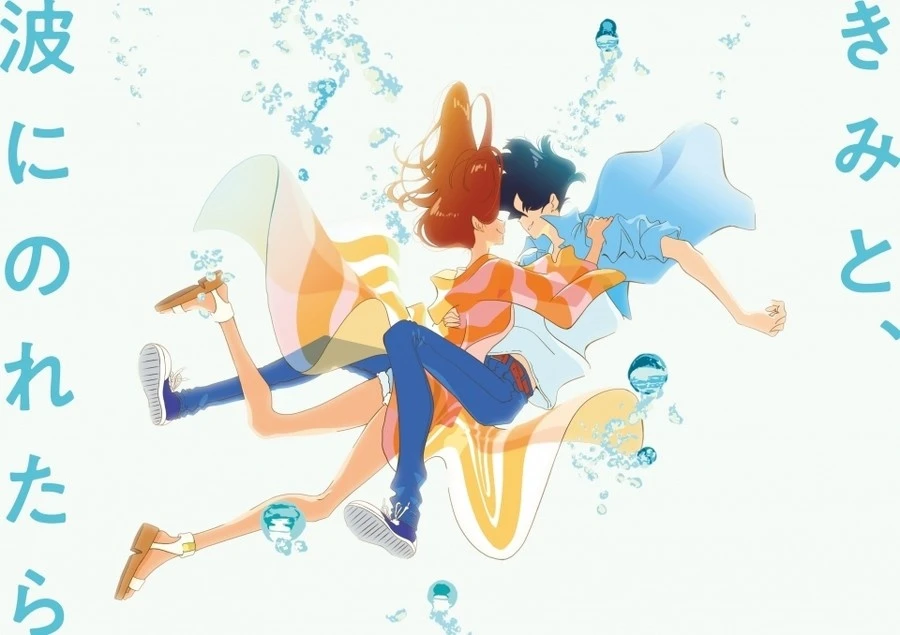
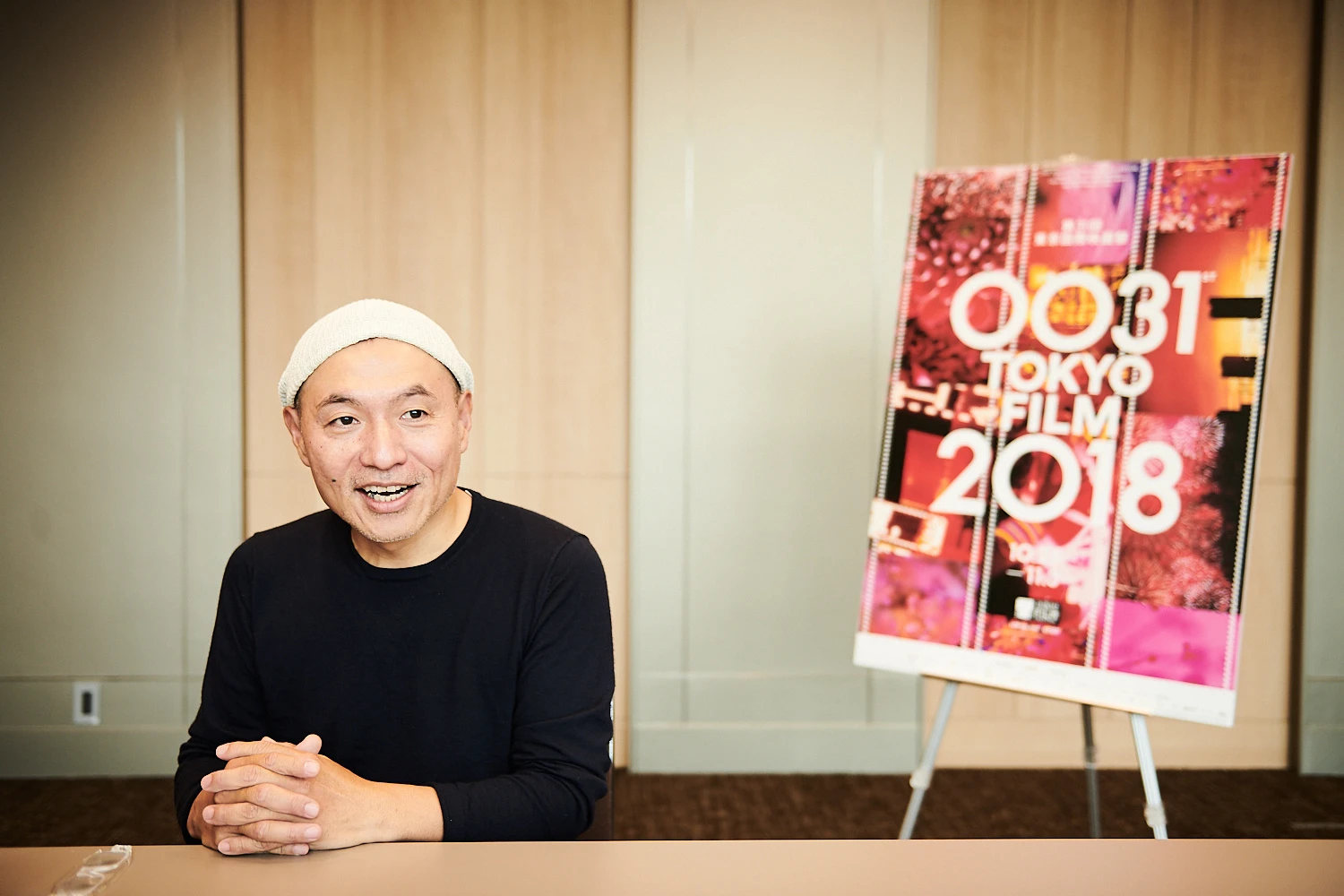
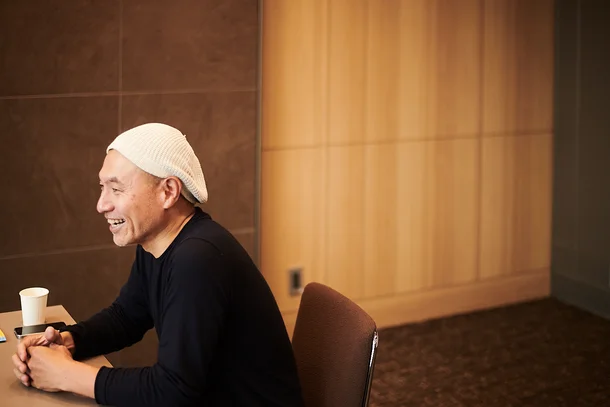
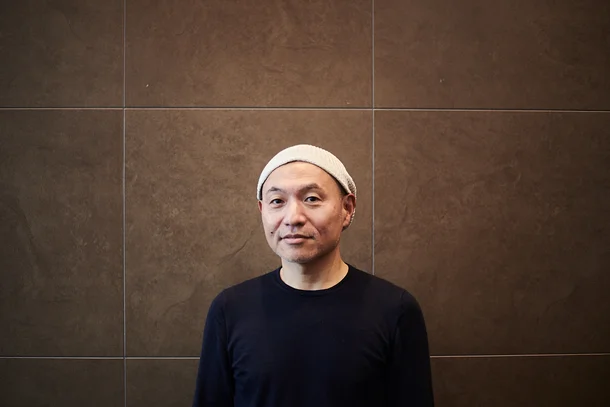
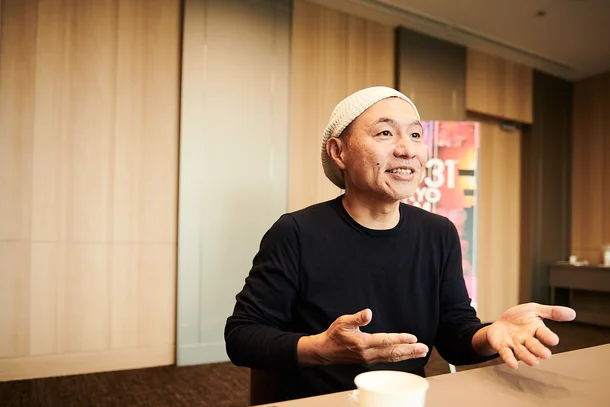
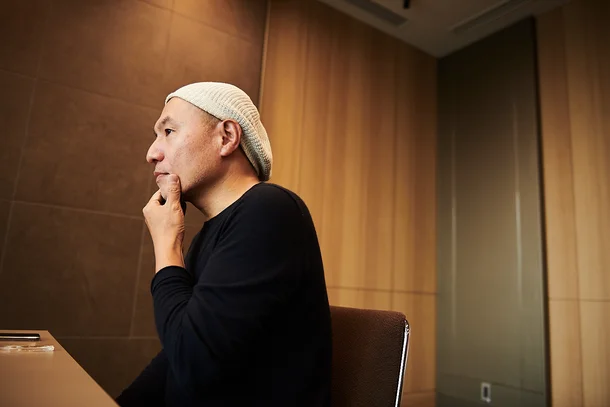
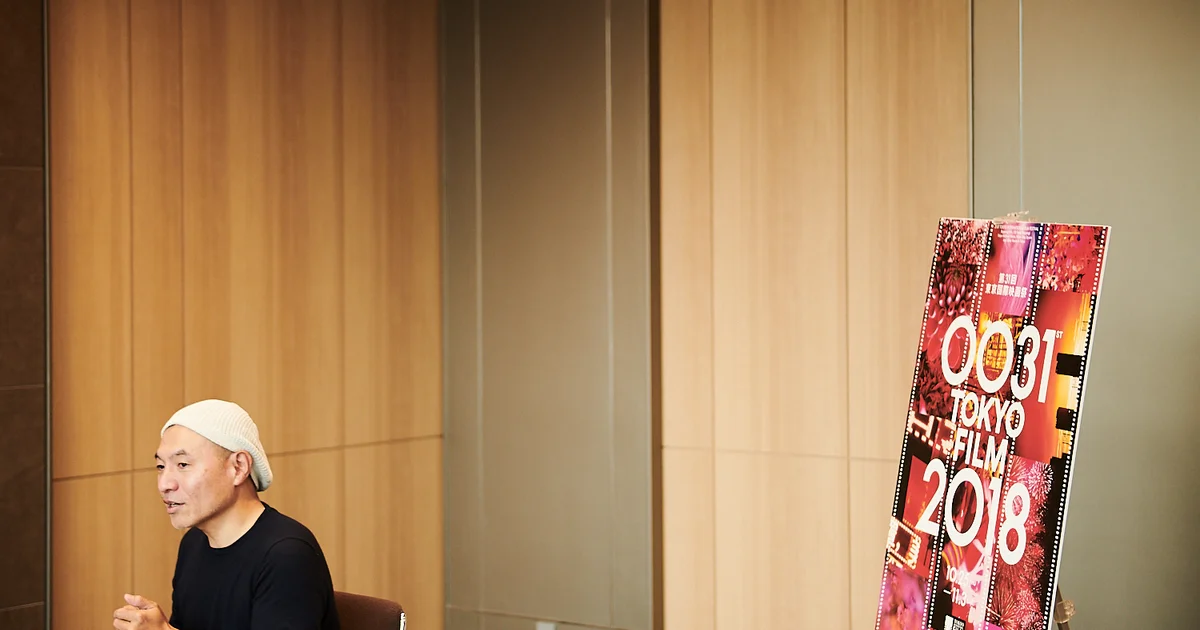
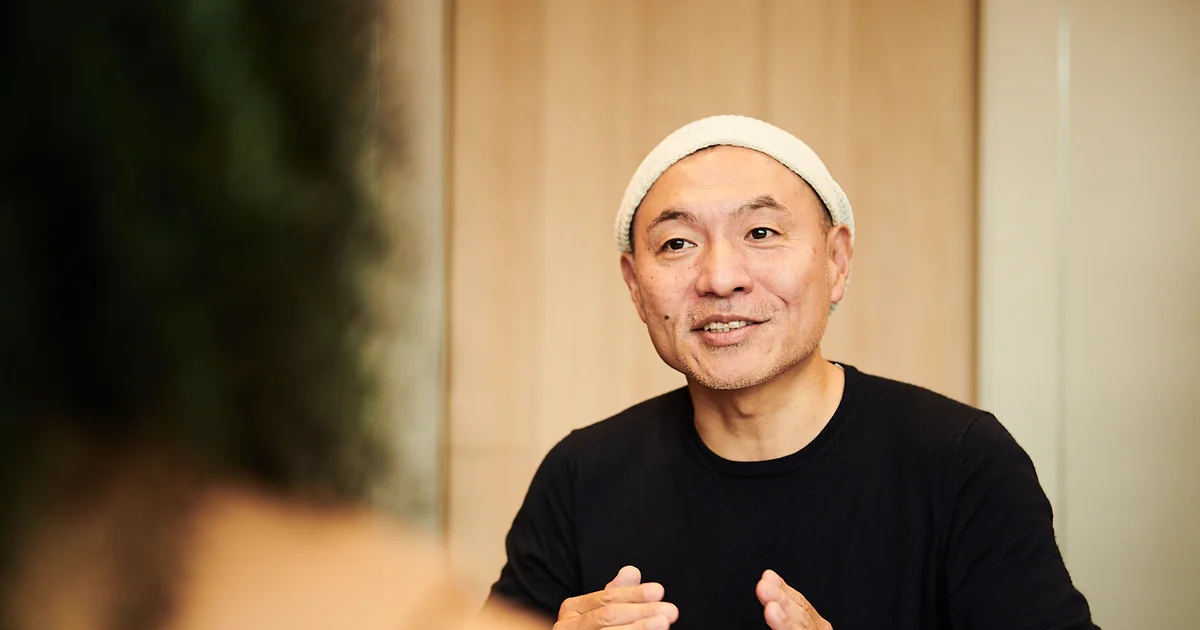
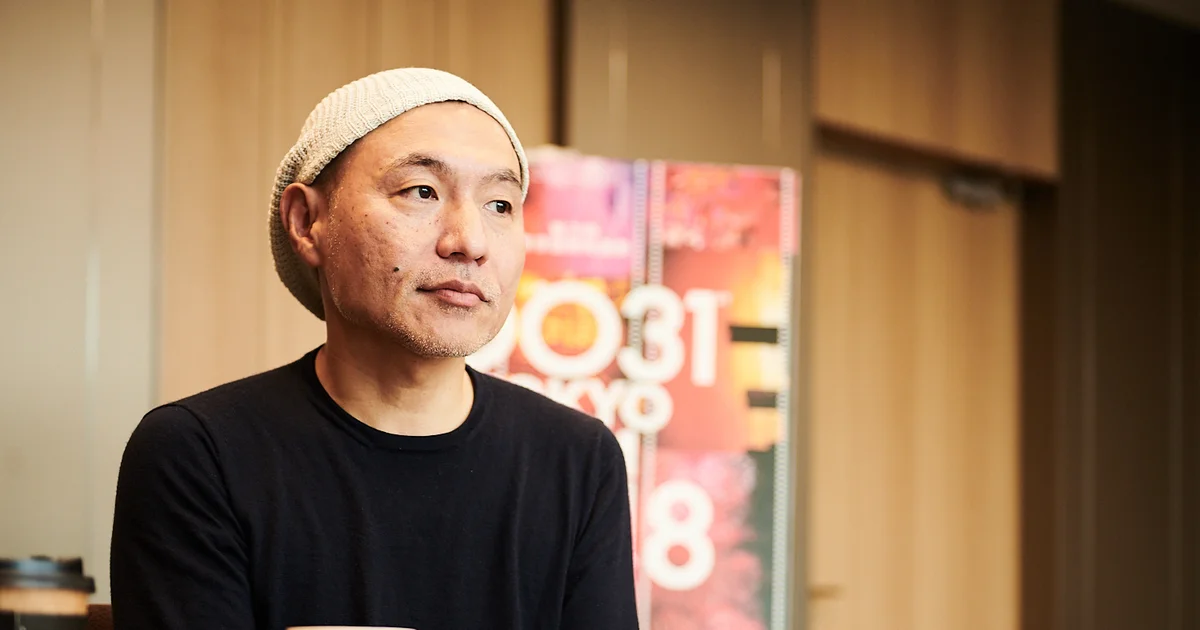

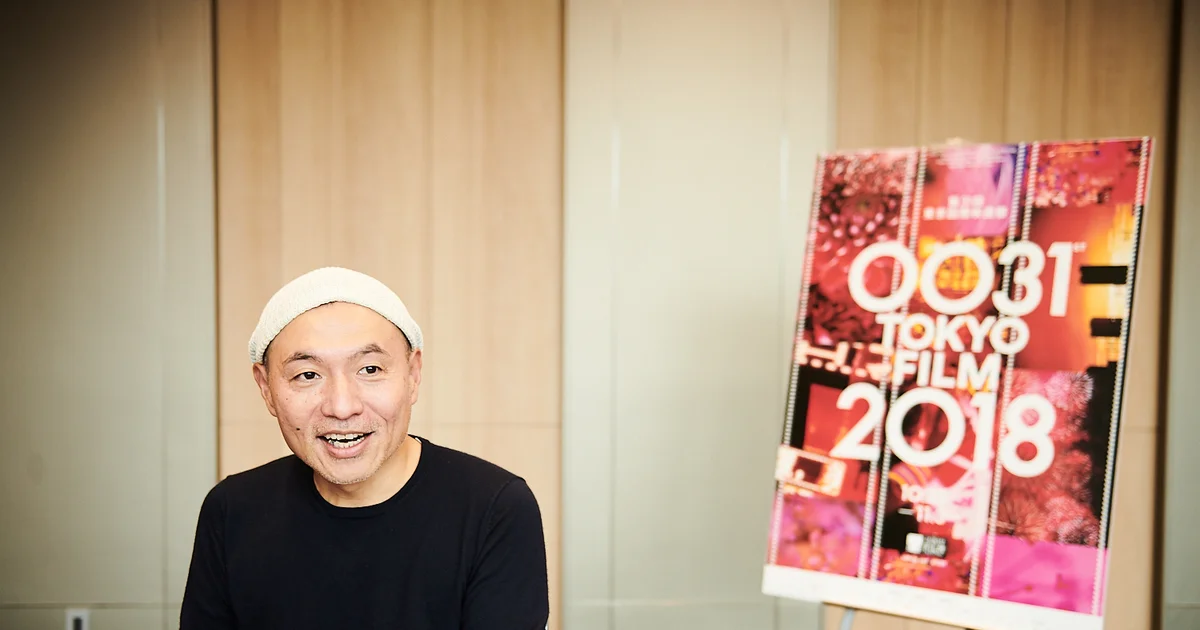


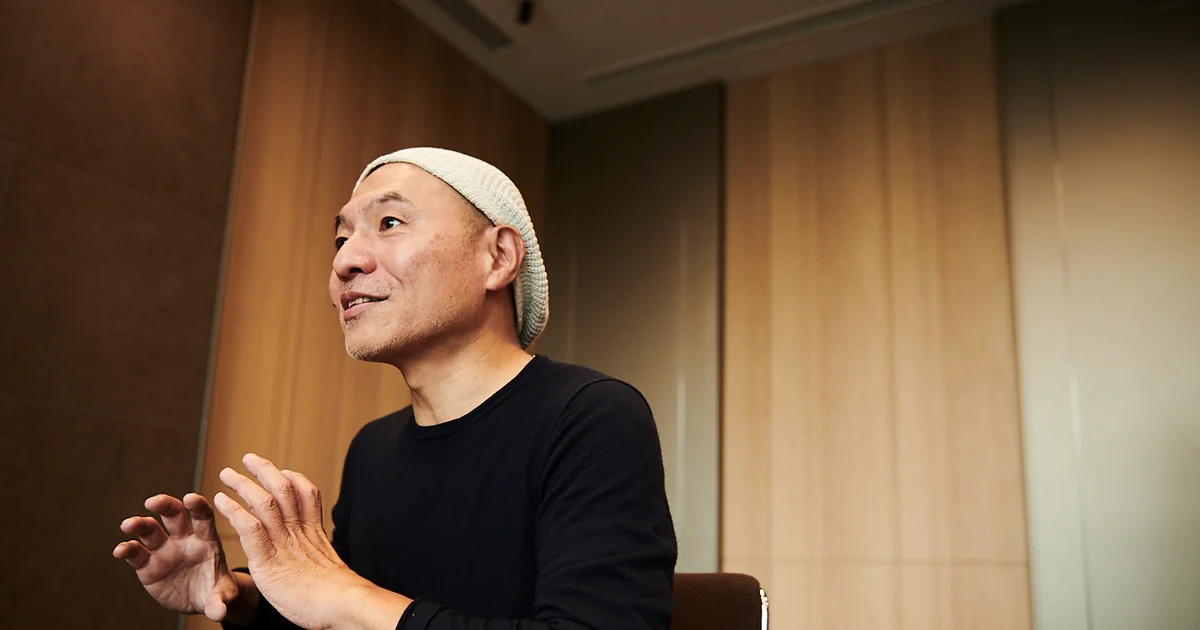

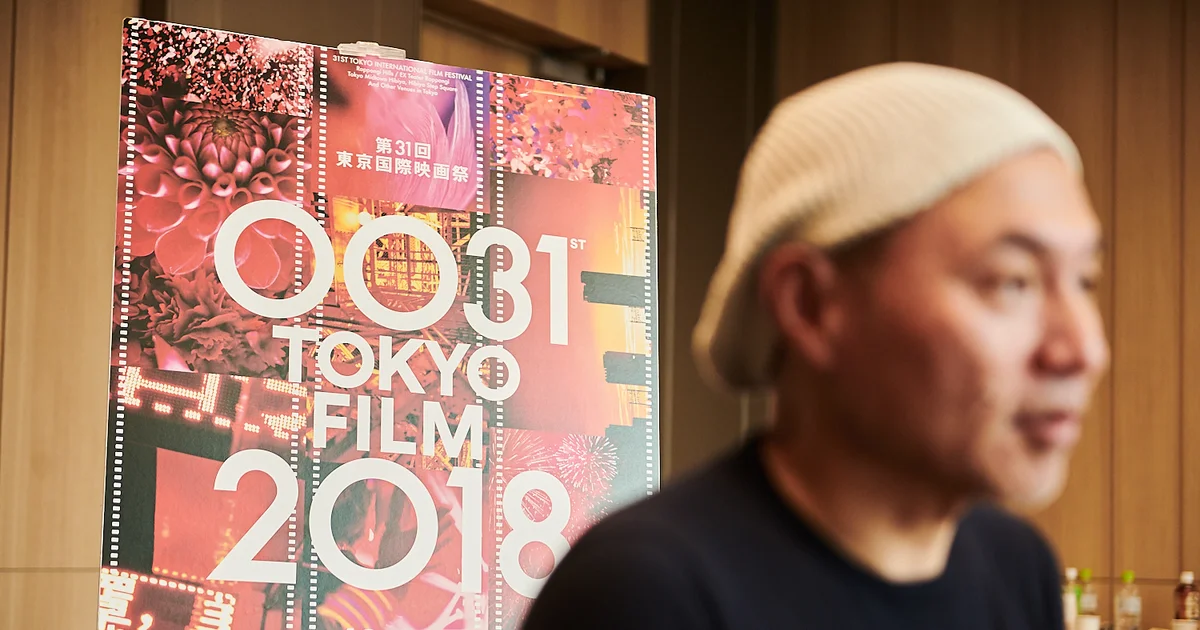
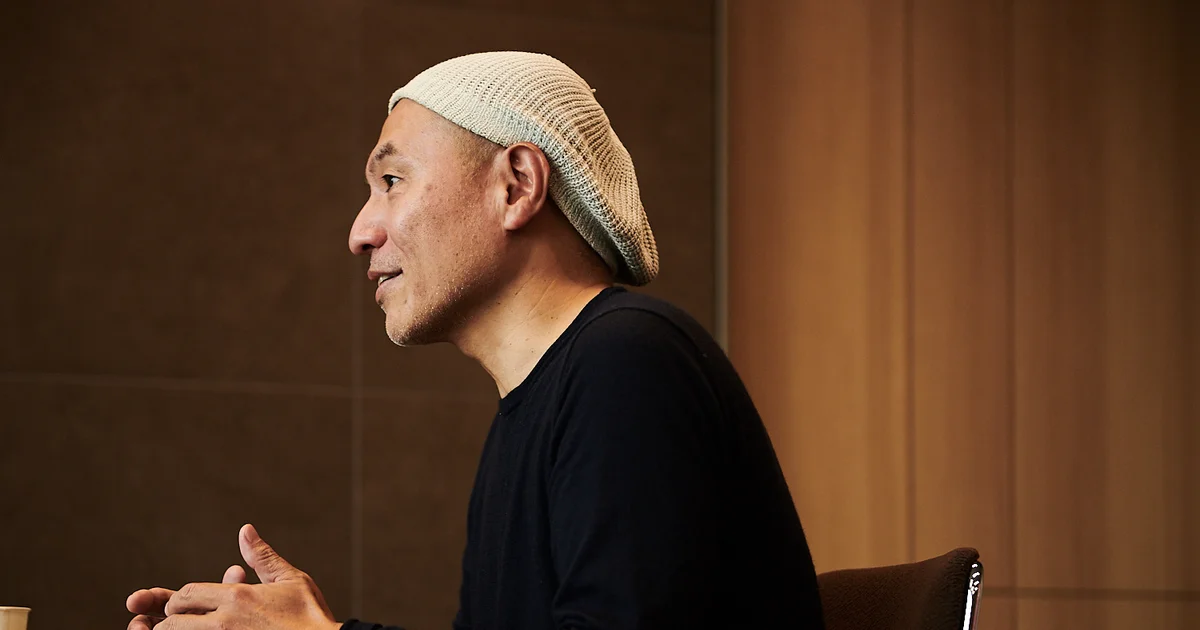



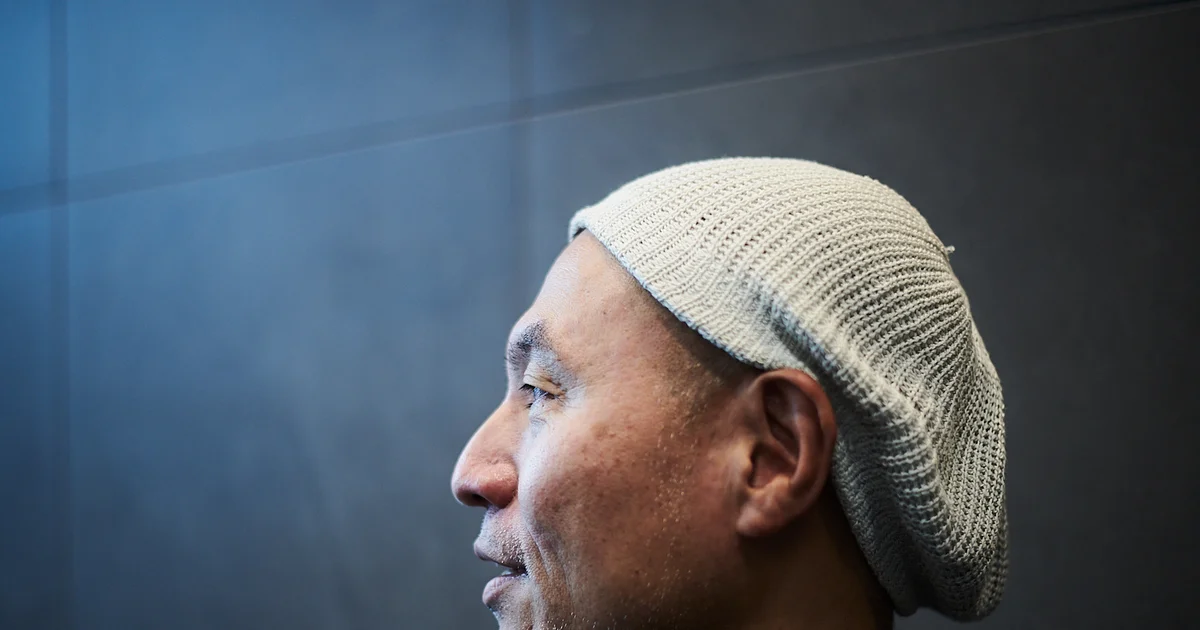

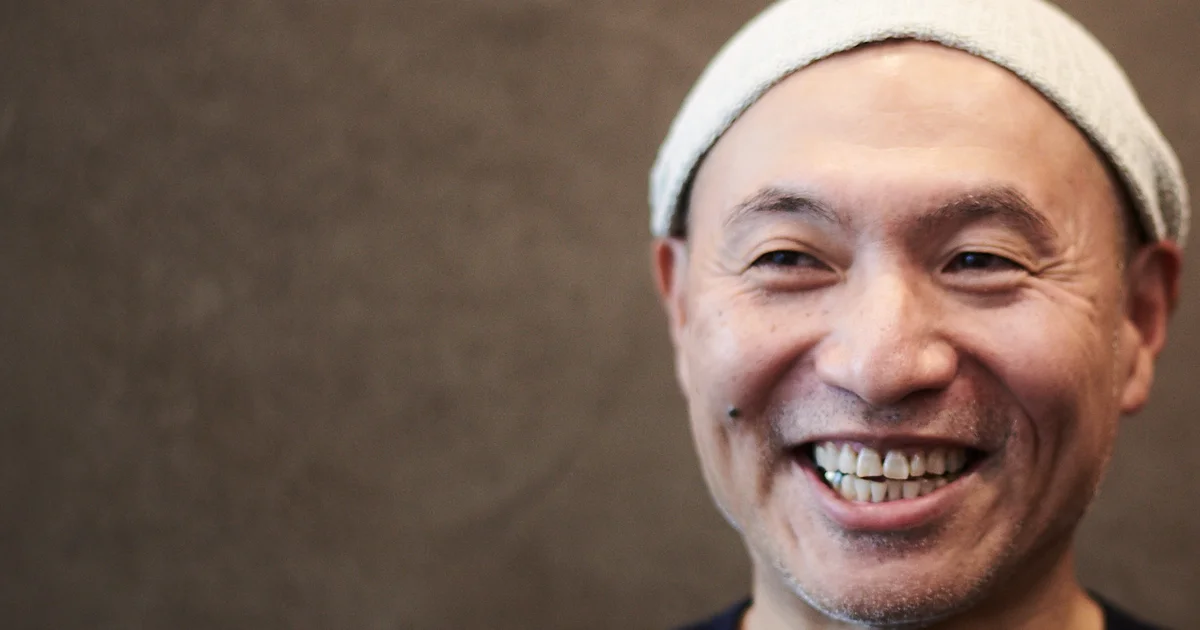
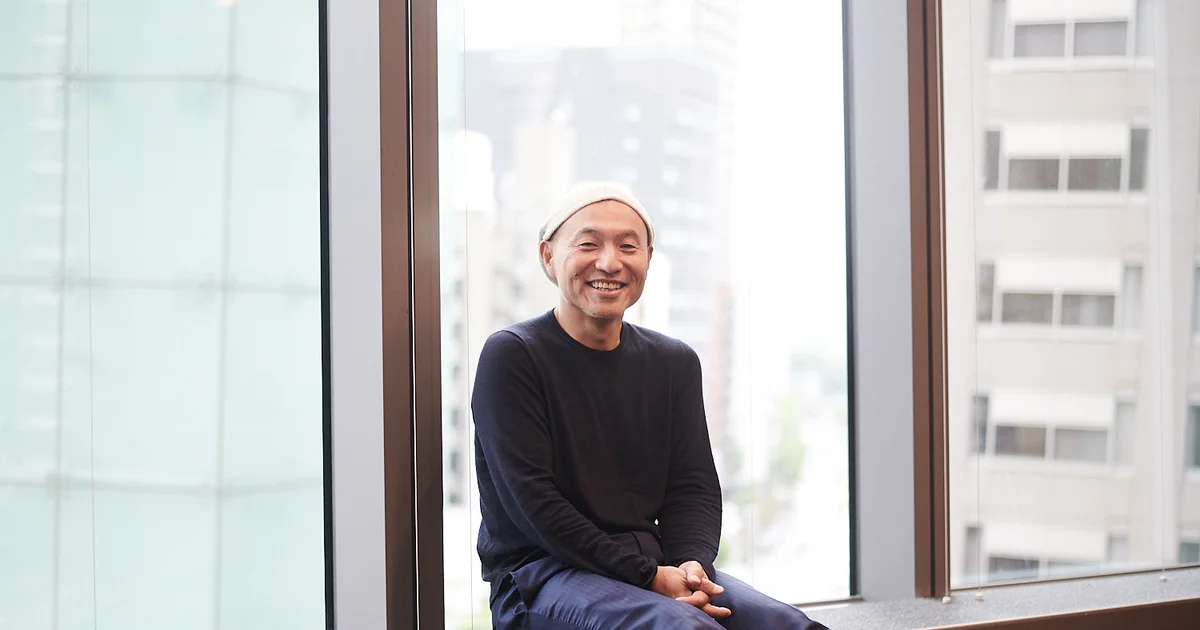
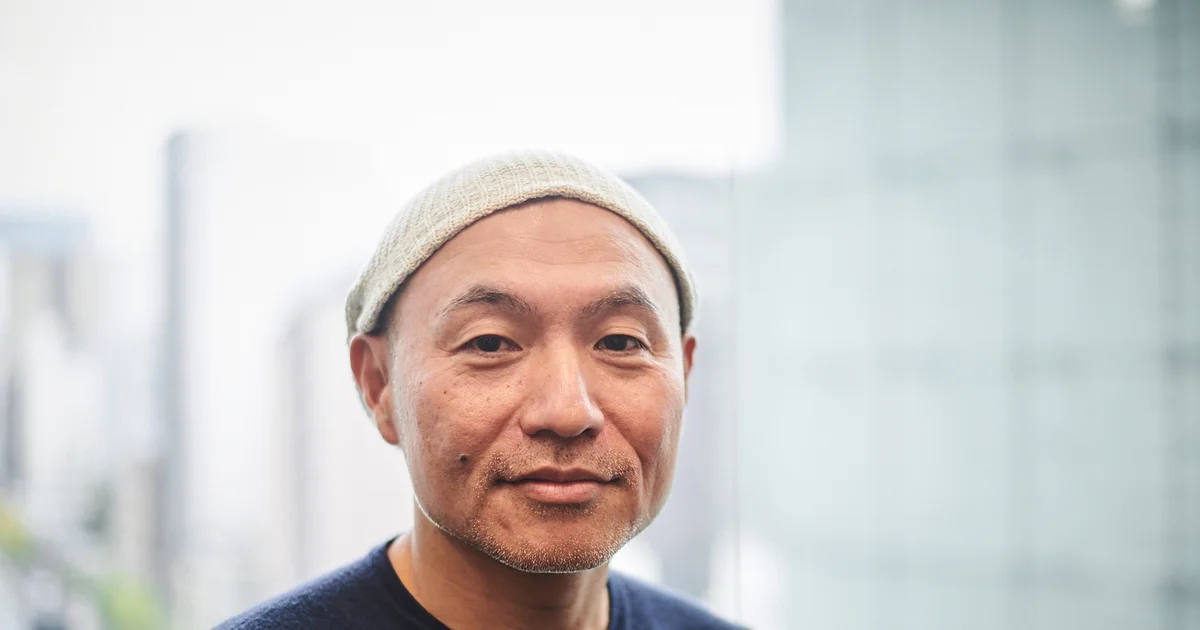
![MANGA ROCK PREMIUM V3.8.5 PATCHED APK [DEFINITIVE]](https://blogger.googleusercontent.com/img/b/R29vZ2xl/AVvXsEjNEe_tkE8wWWk8Wfhc33Ir77LgnwhAWvB6DHeSXyyfQeKqM2KzFbThpBe8eTVEQHEkixajLhLOTzA7mfpw7G-0WhFVftU7ZdX-sNa8G_M4vHsOLvxtZnCMKPBrOYSrVVVS601SETuuwjbB/w680/Manga-Rock.png)
0 Comments